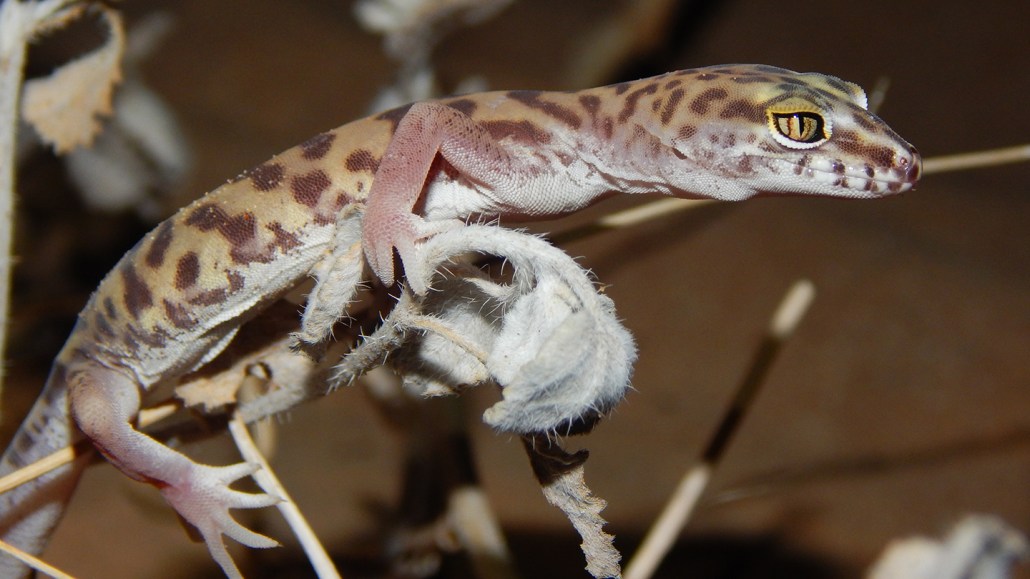How a western banded gecko eats a scorpion
The lizards shake and incapacitate their venomous prey

Western banded geckos (one shown) aren’t known as fearsome predators or sprinters, but these lizards shake scorpions at high speeds for a meal.
SDSU Clark Lab